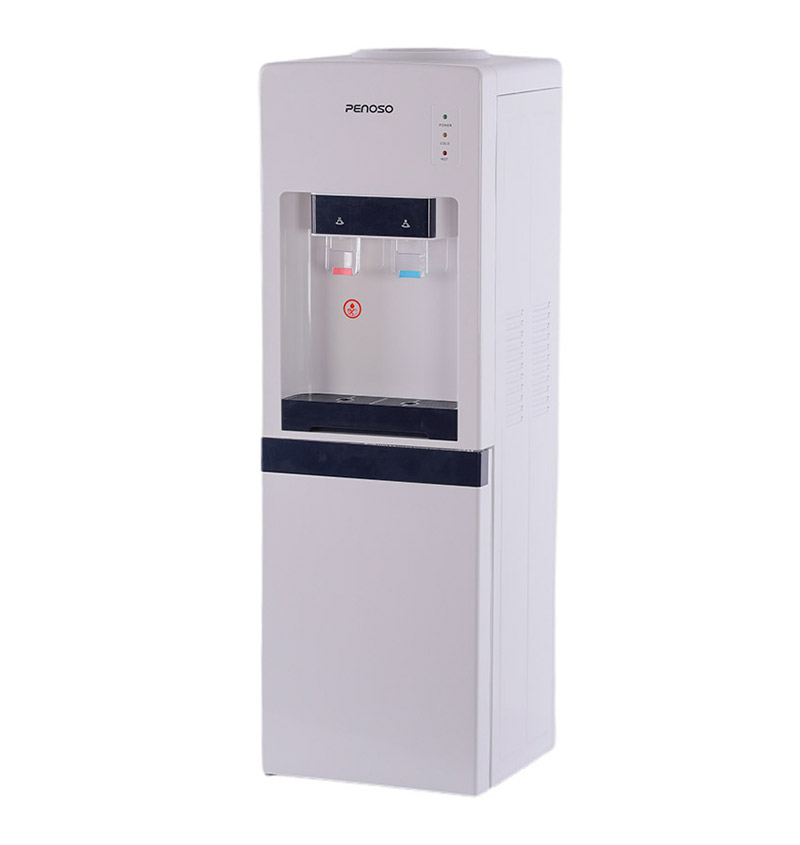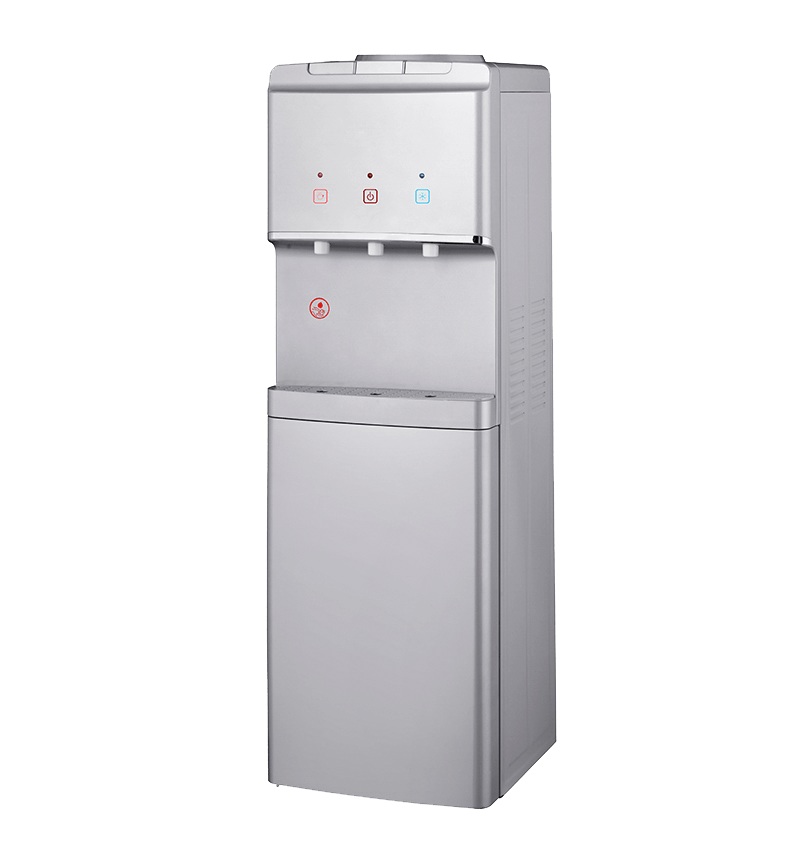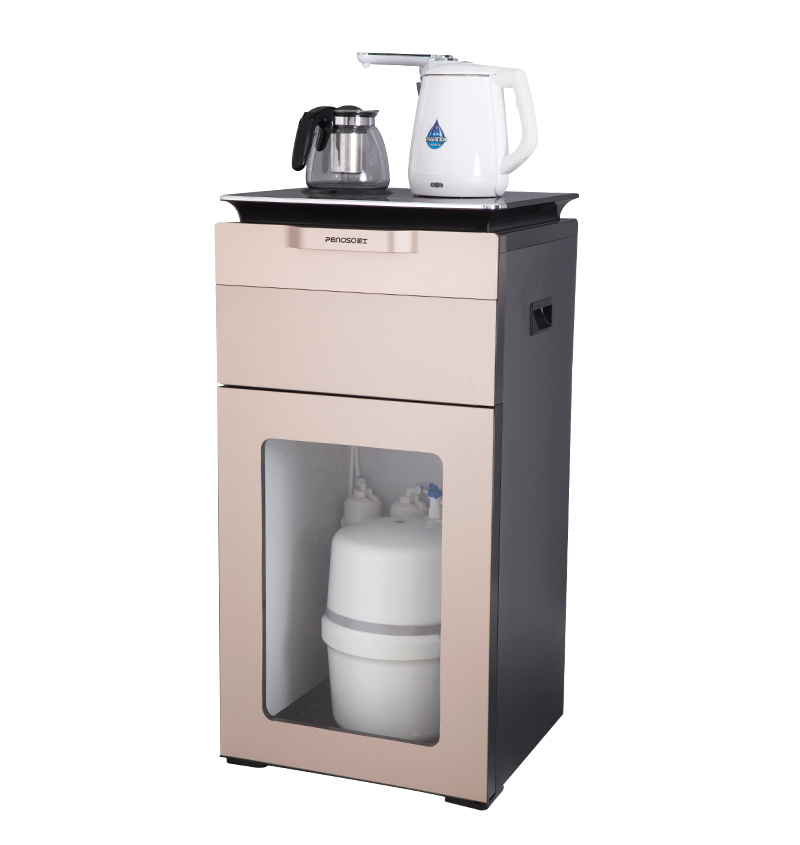Overpressure protection for water dispensers is a critical safety mechanism designed to prevent equipment damage or potential hazards that may result from water pressure exceeding safe limits. The system mainly relies on pressure sensors, electronic control systems and corresponding protection procedures. During normal operation, the built-in pressure sensor monitors the water pressure in real time and transmits the data to the electronic control system. Manufacturers usually set a safe upper water pressure threshold for water dispensers as a reference standard for overpressure protection.
Once the pressure sensor detects that the water pressure exceeds the set value, the electronic control system initiates the over-pressure protection program. This may involve cutting power or adjusting water pump output to respond to overpressure conditions quickly and effectively. Cutting off the power supply stops the water pump from running and prevents the water pressure from continuing to increase. Another way is to adjust the output of the water pump to reduce the water flow rate and water pressure to maintain the water pressure within a safe range.
The electronic control system of the water dispenser may also be equipped with a warning system, such as an LED indicator light or an alarm sound, to notify the user of an overpressure condition. This provides users with a timely warning, allowing them to stop using the water dispenser and contact maintenance personnel for timely maintenance.



 English
English عربى
عربى Português
Português Español
Español








